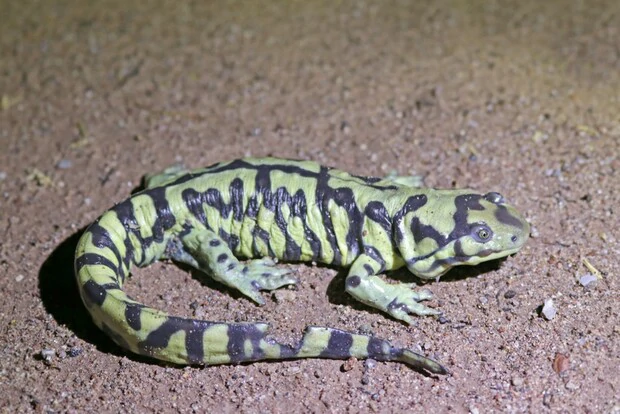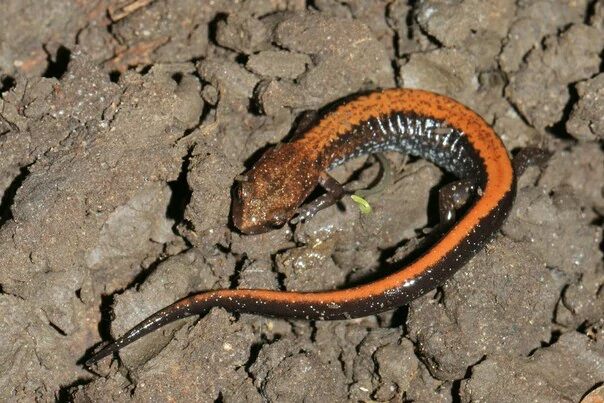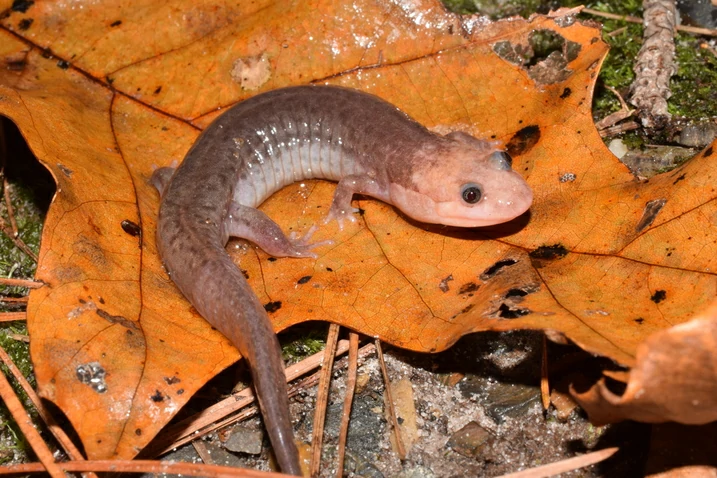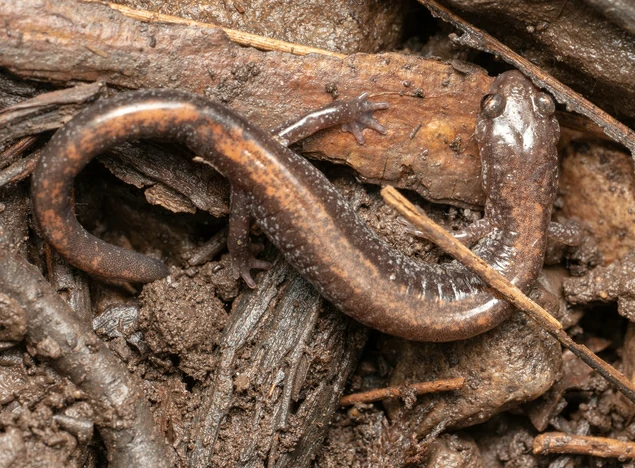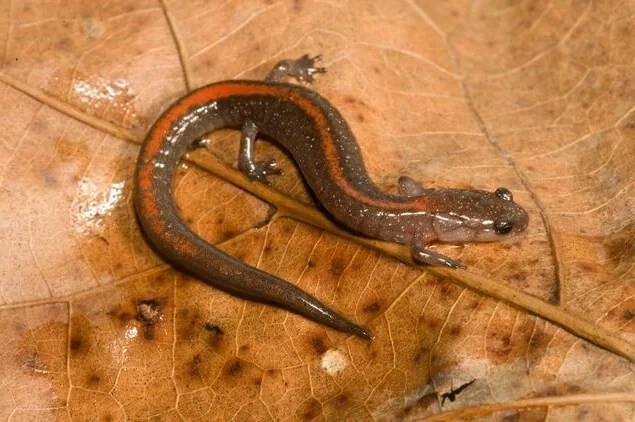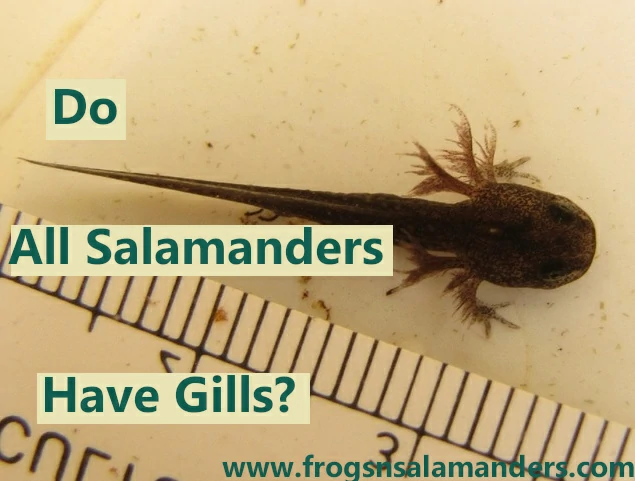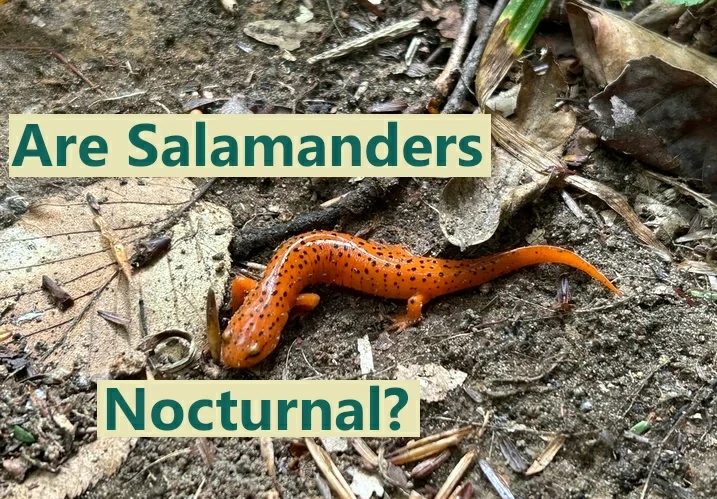Can Salamanders Climb? (Explained)
When we think of animals that climb, we usually picture monkeys swinging through trees or squirrels racing up tree trunks. But there’s another kind of animal you might not expect to be a good climber: the salamander. Yes, some salamanders can climb, and they can be surprisingly good at it. Not all species are climbers, … Read more


